In this short article, we want to talk about the Favero Assioma Q factor – a question we get frequently.
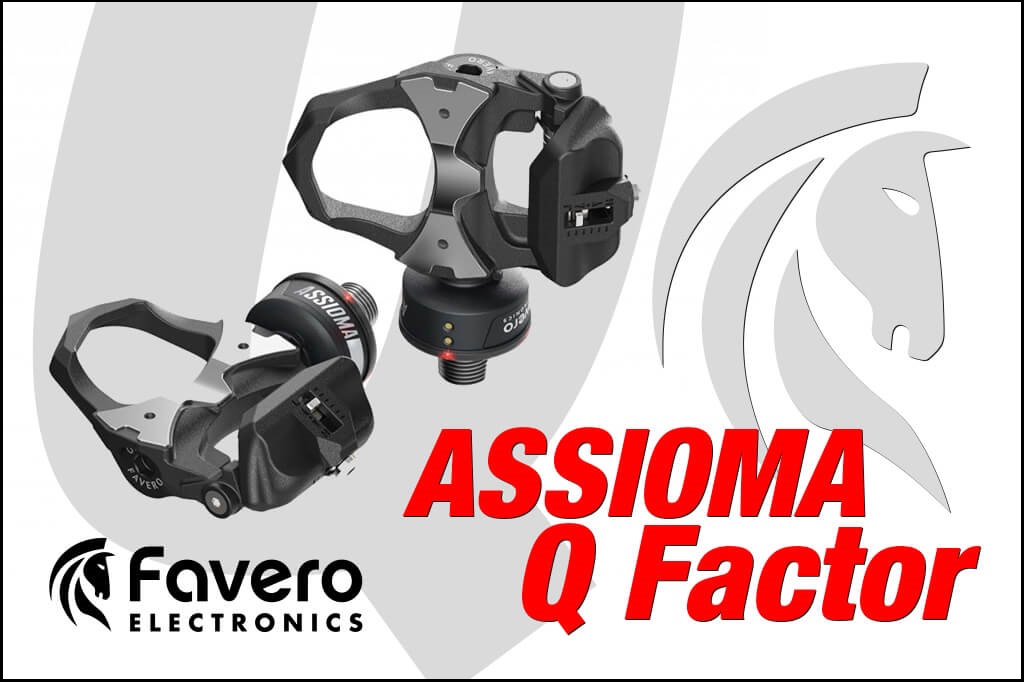
What is Q Factor?
For those that need a quick refresher, Q factor (or tread) is the distance between the outside of the crank arms, when measured parallel to the bottom bracket axle. The Q factor is a function of both the bottom bracket width as well as the shape of the crank arms. Please see the image below.

There is another term called stance, which brings pedals into the equation. Stance is measured from the center of one pedal body across to the other. Therefore, the length of the pedal spindle affects your stance. The longer the pedal’s spindle, the wider your stance, because it will place your pedals further from the bike’s center-line – and vice versa for shorter pedal spindles.
So it’s important to note the spindle length when buying a new set of pedals. Spindle length is measured from the center of the pedal body to where the pedal spindle meets the crank arm. For road pedals, spindle lengths in the mid- to high-50 mms are pretty common. For mountain bike pedals, spindle lengths in the low- to mid-50 mms are most common.
Note that when referring to stance, many people use the term Q factor…but now you know the difference.
Q Factor on the Assioma Road Power Meter
One of our best-selling road pedals is the Favero Assioma DUO Power Meter. As you can see in the image below, Favero places the power sensor and electronics in a round pod. The sensor pod sits between the pedal body and the end of the spindle.

Due to this location, we often have customers ask us if the Assioma pedal increases stance width. The answer is no. Assioma has a spindle length of 54 mm – which is in-line with other road pedals. It’s a bit of an optical illusion really. The pedal body on these pedals is slightly narrower than other pedals, which leaves room on the spindle to locate the power sensor. If you measure the spindle length of your current pedals, you can see how they compare to the Assioma. Chances are…there won’t be a meaningful difference.
Q Factor on the Assioma PRO MX MTB Power Meter
Favero’s latest power meter is the Assioma PRO MX power meter pedal. These pedals are designed for both mountain and gravel riding and are compatible with SPD cleats. As shown in the image below, the the MX Favero does not use a pod and instead, places the electronics in the pedal spindle. These pedals also use a standard 53 mm Q-Factor. These pedals are also very durable as the spindle provides protection for the electronics inside.

 Favero Assioma DUO-Shi Power Meter Spindles
Favero Assioma DUO-Shi Power Meter Spindles  Favero Assioma DUO Power Meter Pedals
Favero Assioma DUO Power Meter Pedals 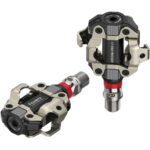 Favero Assioma PRO MX-2 MTB Power Meter Pedals
Favero Assioma PRO MX-2 MTB Power Meter Pedals 
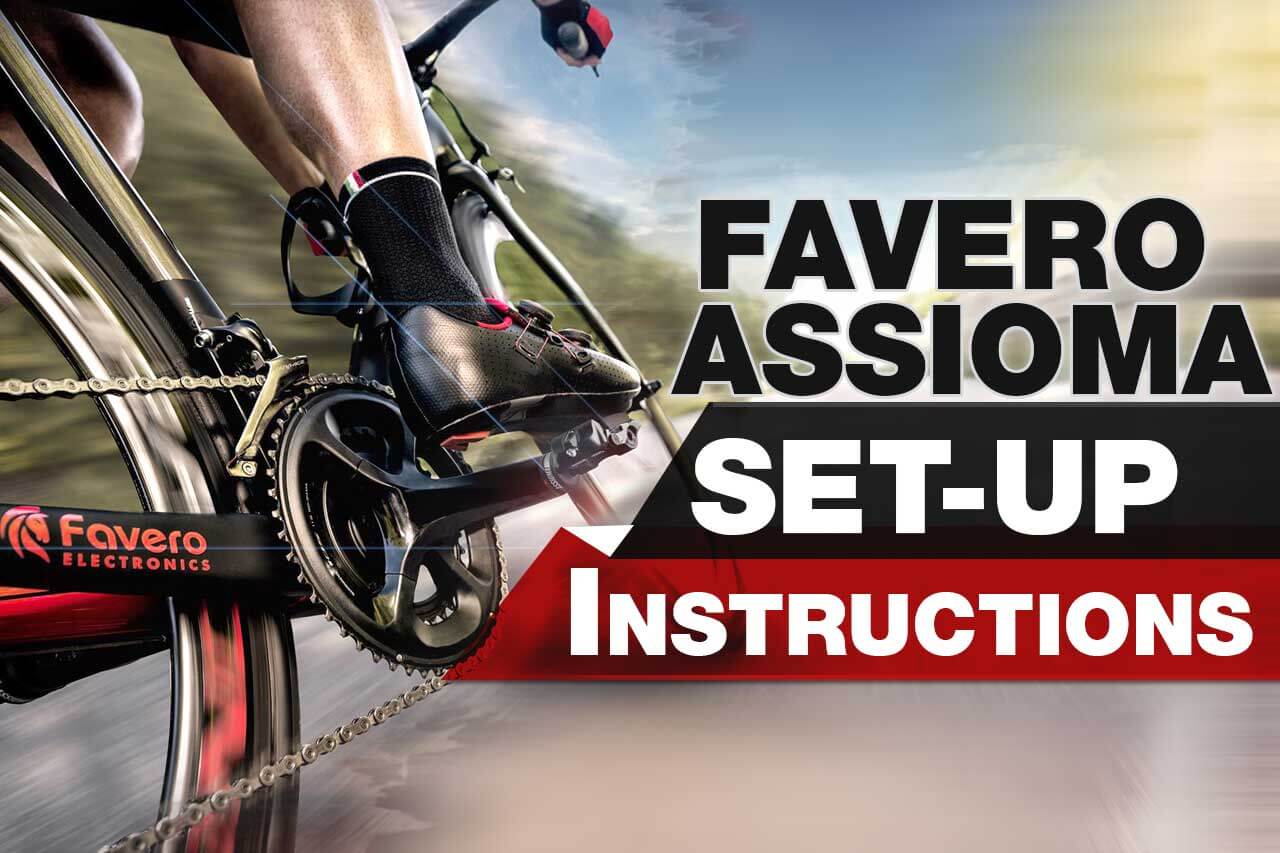
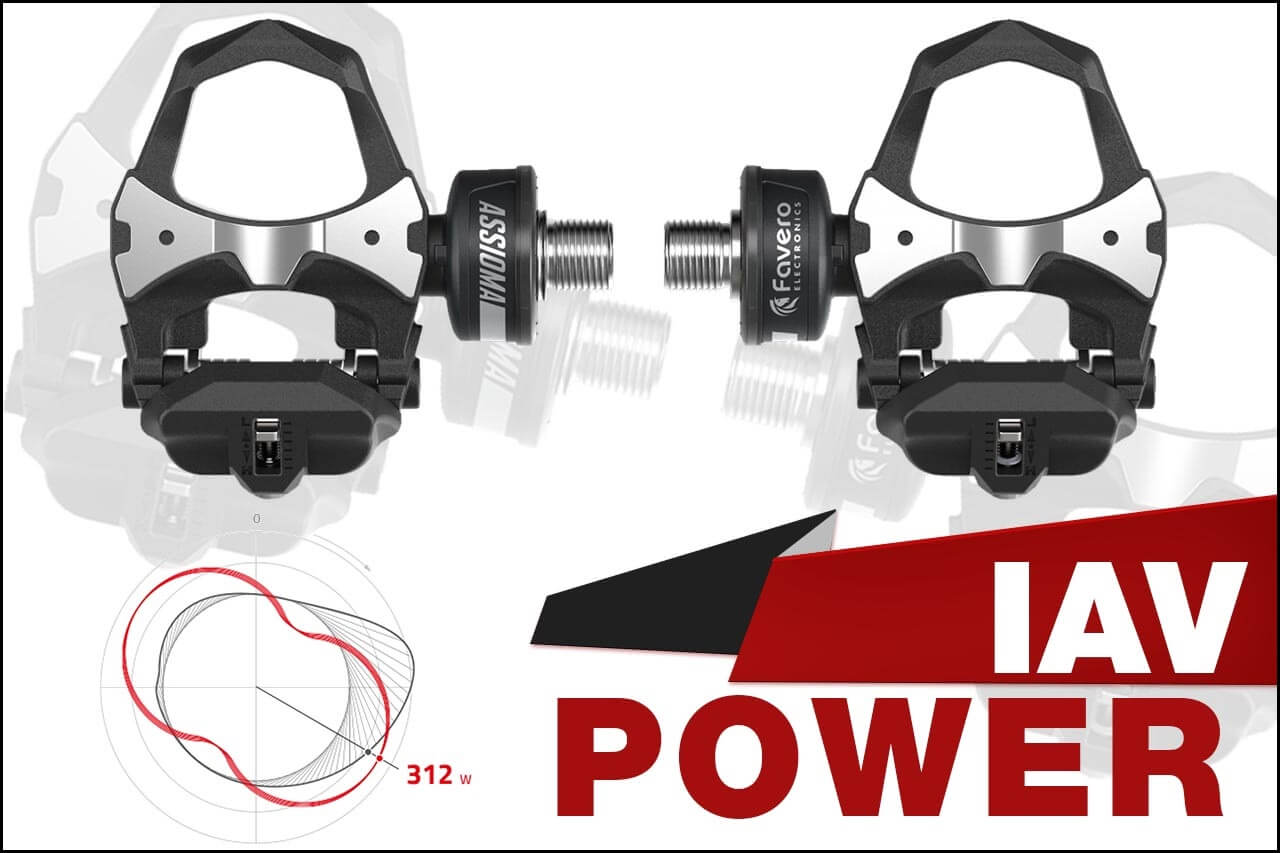
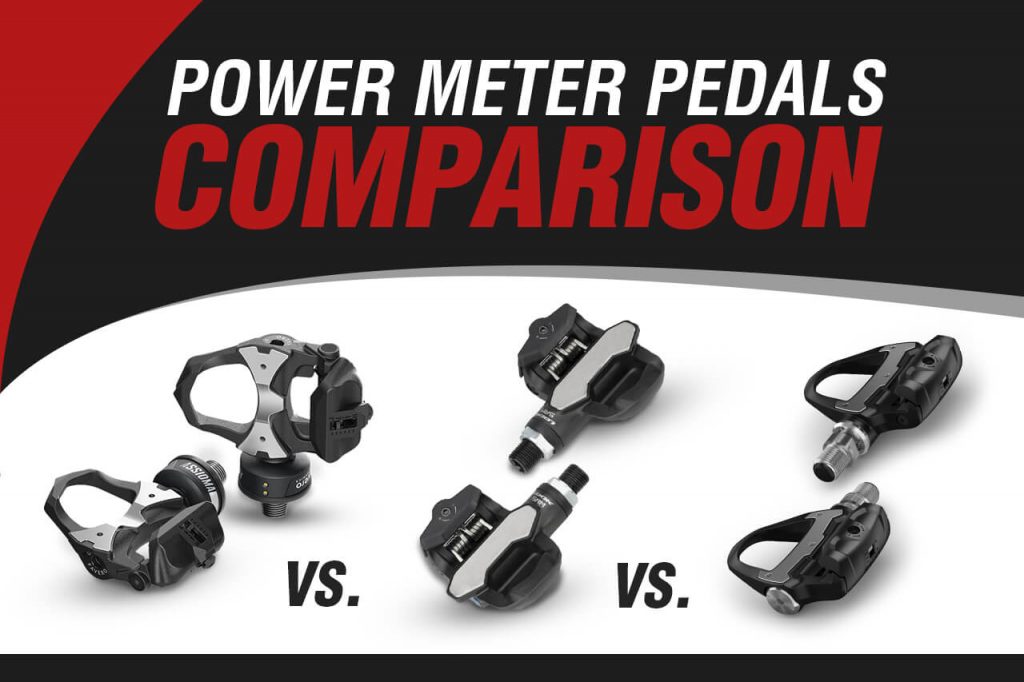
Spindle length isn’t the whole story. The real truth is the measurement of the center of the pedal to the flush part of the bolt.
Hi Edward! Thank you for this information – we really appreciate it! We are here if there is anything else we can do. Thank you!